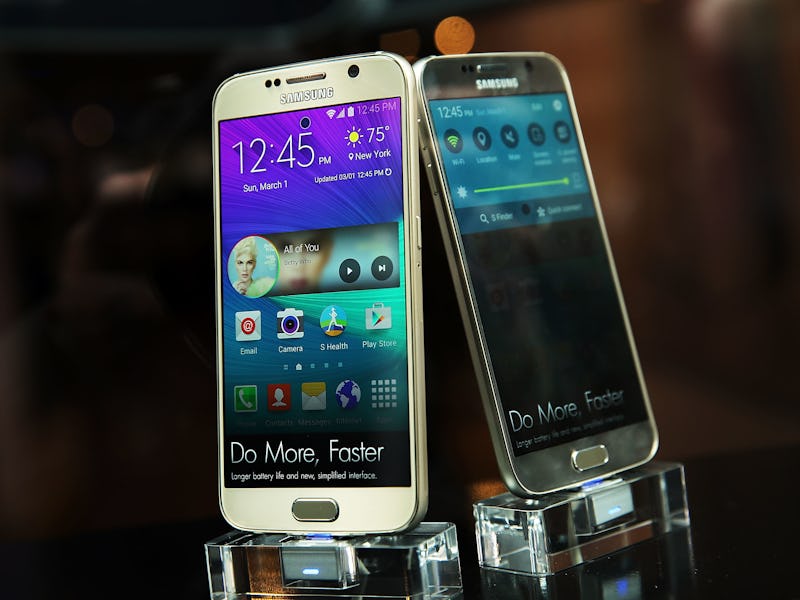Future Phones May Use Vacuum Tube Chips as Silicon Hits Moore's Law Extremes
Light-emitting bendy silicon spells trouble for Moore's Law.

A team of researchers thinks it may have solved an impending problem with silicon-based computer chips: replace the transistors with vacuum tubes. The technology has been around for decades, but the ones under development at Caltech’s Nanofabrication Group are a million times smaller than the ones in use 100 years ago.
“Computer technologies seem to work in cycles,” Alan Huang, a former electrical engineer for Bell Laboratories, told the New York Times. “Some of the same algorithms that were developed for the last generation can sometimes be used for the next generation.”
“Ten years ago, silicon transistors could meet all of our demands,” said Dr. Axel Scherer, head of the Nanofabrication Group, to the New York Times on Sunday. “In the next decade, that will no longer be true.”
The problem, Scherer explained is that the silicon transistors employed in most computing gadgets today can only take us so far. Some of the best minds in the world are working on smaller-than-ever transistors, some as small as 10 nanometers. By comparison, a single gold atom is around a third of a nanometer.
At this level, silicon starts to behave weirdly. It becomes more elastic, and starts to give out light. Silicon transistors also leak electrons at smaller sizes.
Vacuum tubes, which use tiny metal tubes that can control the flow of electricity, could prove a better solution at these sizes. The tubes can be made out of a variety of metals, and allow for innovative solutions that could consume less power than silicon chips.
Vacuum tubes are a very old technology, although in much larger form. Here is an image of vacuum tubes from 1922's Bell Systems Technical Journal.
Vacuum tubes have the potential to bring an end to Moore’s Law. This is an observation made by Intel co-founder Gordon Moore that the number of silicon transistors on a computer chip would regularly double. The observation was made in 1965, and Moore’s Law has continued to hold strong even today.
Silicon transistors may have some life left in them yet, though. Research into new cooling methods, published by Lockheed Martin in March, could help cool chips with tiny drops of water. Heat is one of the major concerns when it comes to running tiny transistors in varying situations, so any technology that can bring temperatures down will be a boost to silicon’s chances.
Nonetheless, vacuum tech has attracted big investments. Dr. Scherer said that Boeing has been putting its money into researching vacuum tube chip research, possibly appearing in the aviation industry before 2020, but it may be a very long time before we see Caltech’s research appearing in iPhones.